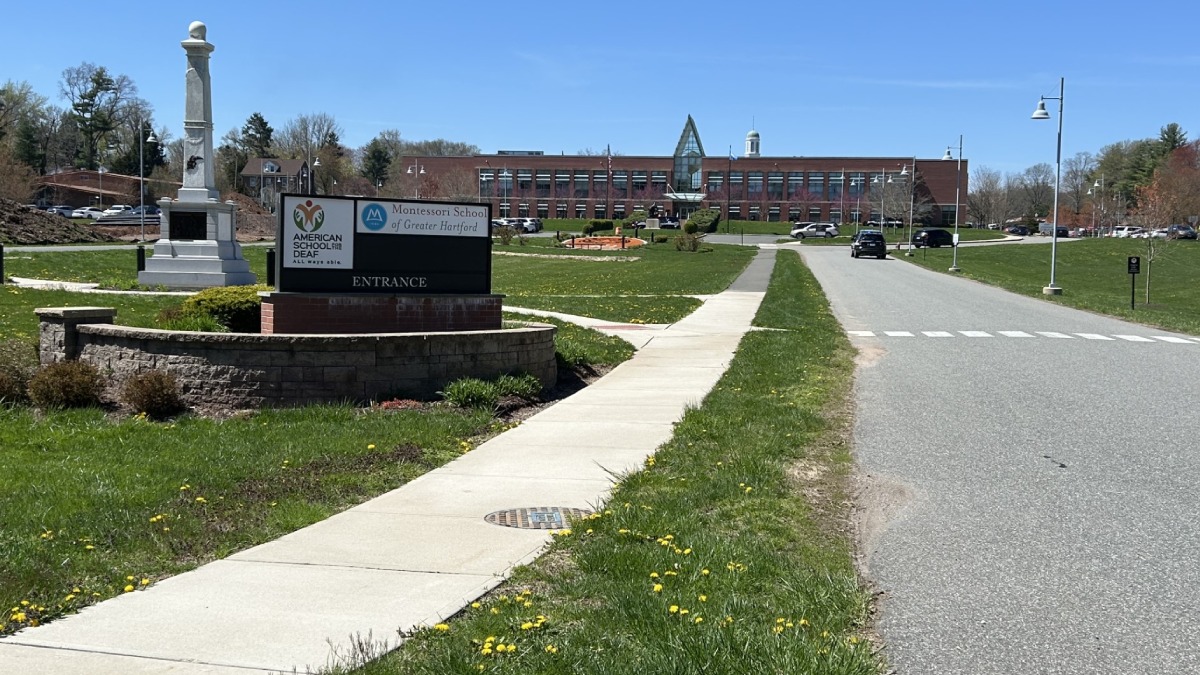There used to be dozen of coastal waterbird nests on Milford Point, but flooding over Memorial Day weekend completely inundated the entire sandbar and washed away the habitats of federally threatened and endangered species.
“It was just heart breaking.” Patrick Comins, Executive Director of the Connecticut Audubon Society said this was the worst flooding during a nesting season he can remember. “When we first got here we saw all of these nesting enclosures over washed with seaweed. We saw that all of the oyster catcher nets were gone. And some of these nests were just about to hatch.”
Several species of waterbirds like Piping Plovers and American Oystercatchers typically start nesting in April, raise their chicks around Memorial Day and fly south shortly after.
“When they have to re-nest the whole time table gets shifted up into July,” explains Comins.
Get Connecticut local news, weather forecasts and entertainment stories to your inbox. Sign up for NBC Connecticut newsletters.
The summer is when beaches get crowded and predators have young of their own to feed.
While some of the species did not survive the flooding, nine pairs of birds are trying to nest again, and with the help of staff, volunteers and beach goers, the nesting season won’t be a total loss. The Connecticut Audubon Society has doubled the number of coastal rangers patrolling the beaches.
They also work with the Audubon Alliance for Coastal Waterbirds to have volunteers and stewards keeping an eye on nests and visitors. Comins said, “They’re more than happy to provide guidance and saw you know just be careful around that area there’s some Terns.”
Local
A few things you can do to help start with avoiding visiting the beach at high tide, it puts stress on the nesting birds. Also, respect the fences put up as protection and following the rules written on signs.
With flooding events like this becoming more common as a result of climate change, we all need to do our part to protect our local species.
“These birds are getting encroached by development and recreation from the land side and by the slowly rising seas and more frequent storms from the water side,” explains Comins. “So they’re really getting squeezed.”
Milford Point wasn’t the only area impacted. Nests were destroyed all along the Connecticut shoreline.
For more information on what you can do to help, just visit https://ct.audubon.org/.



